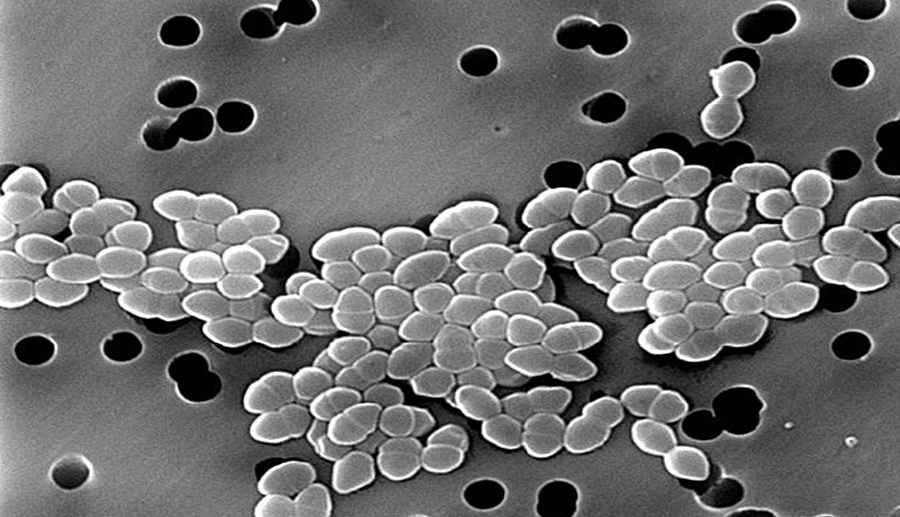
Super antibiotic for superbugs. Drug thousands of times more effective than predecessors
Vancomycin is an antibiotic that was introduced back in 1958. After years, bacteria have managed to become resistant to this agent as well. However, after the modifications, the drug gained new powers, and literally. The new version of vancomycin is 25,000. times more effective than its prototype.
Vancomycin is an antibiotic known as “vancomycin”. of last resort. It is administered when other drugs have failed. Bacteria, however, have found a way for this remedy as well b. With help came American researchers. Old antibiotic modified by scientists from the Scripps Research Institute brings new hope in the fight against superbugs resistant to most of the antibiotics we know about .
U.S. scientists have, through modifications, overcome the resistance that bacteria have developed over these nearly 60 years. The new version of vancomycin acts tr itor and is about 25,000 times more potent than its prototype. This has been proven by tests conducted on enterococci, which re have become resistant to previous versions of the antibiotic. Bacteria in this group are on the list of the 12 most dangerous microbes which rą published by WHO.
The new version of the antibiotic acts as three drugs in one. Researchers believe that it will be very difficult for bacteria to find three ways to overcome the mechanisms in the action of the new vancomycin. Therefore, the drug may prove more resistant to bacterial resistance than current agents .
Vancomycin 3.0 may prove to be a powerful weapon against bacteria resistant to the drug in and pom c researchers to develop more durable antibiotics. Researchers led by Dale’and Boger from the Scripps Research Institute have put three weapons against microbes in a single antibiotic. – Microbes simply cannot simultaneously work on three independent mechanisms of action. Even if they find a solution to one, they will still be killed by the other two – explained Boger.
The drugs were often found accidentally, by the method of pr b and error. However, vancomycin 3.0. shows the power of designing new antibiotic , so as to hit the weakest point of the microbe. Boger admitted that the new version of the old antibiotic is not yet ready to be tested on humans. Syndrome ł scientists from the California institute admitted that preparations are currently underway to pr b on animals.
About the threat of superbugs m It had already been introduced in 1945 by penicillin discoverer Alexander Fleming while receiving the Nobel Prize for the isolation of the active ingredient in penicillin, which ra to date is a component of the most widely used antibiotics. – There is a danger that unaware people can easily b, by taking too high doses, make the bacteria resistant to the antibiotic – m ił. And he was right, but this has only become an issue in recent years.
According to estimates At the UN, drug-resistant bacteria kill an estimated 700,000 wasps annually b worldwide. Independent scientists believe that the data is underestimated. The casualties of bacterial resistance to antibiotics can only be measured in rich societies, because only there are such cases monitored. The World Health Organization, to combat the problem, has published a list of drug-resistant bacteria, which re are the biggest threat to humans and on kt re the most urgent need to find drugs.
Bacteria resistant to most antibiotics are increasingly the cause of death. Some re reports m ties that by 2050, 10 million will die from it os b per year. Superbugs cause more deaths than cancers. Even the National Organization has joined the fight against drug-resistant bacteria in the United. Last year, 193 members at the UN signed a declaration to fight superbugs, which rej determined them „The greatest risk wsp LOWER”.

